In 2001, Christopher Miller was convicted of a heinous crime. He maintained his innocence for nearly two decades. Would justice ever be served?
Episode Media
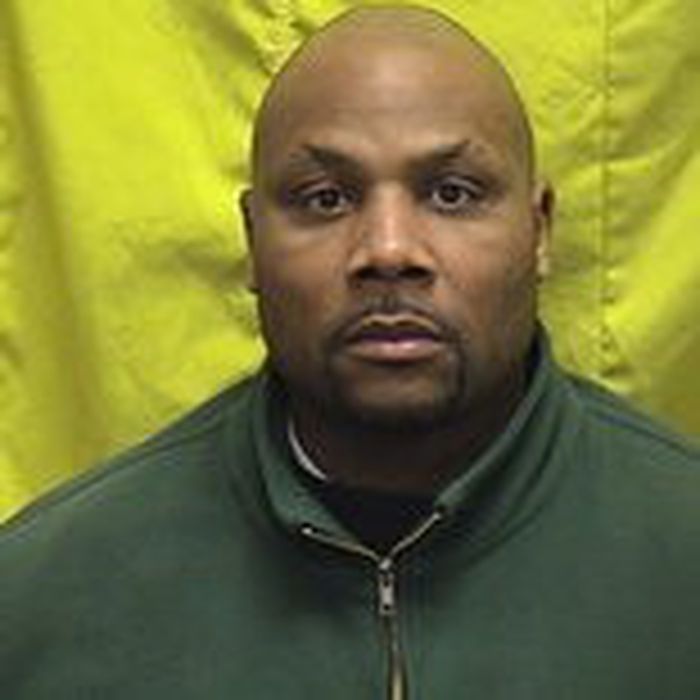
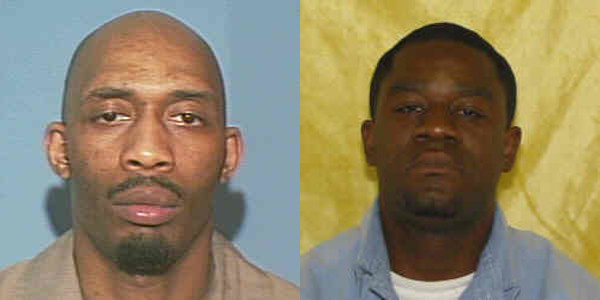
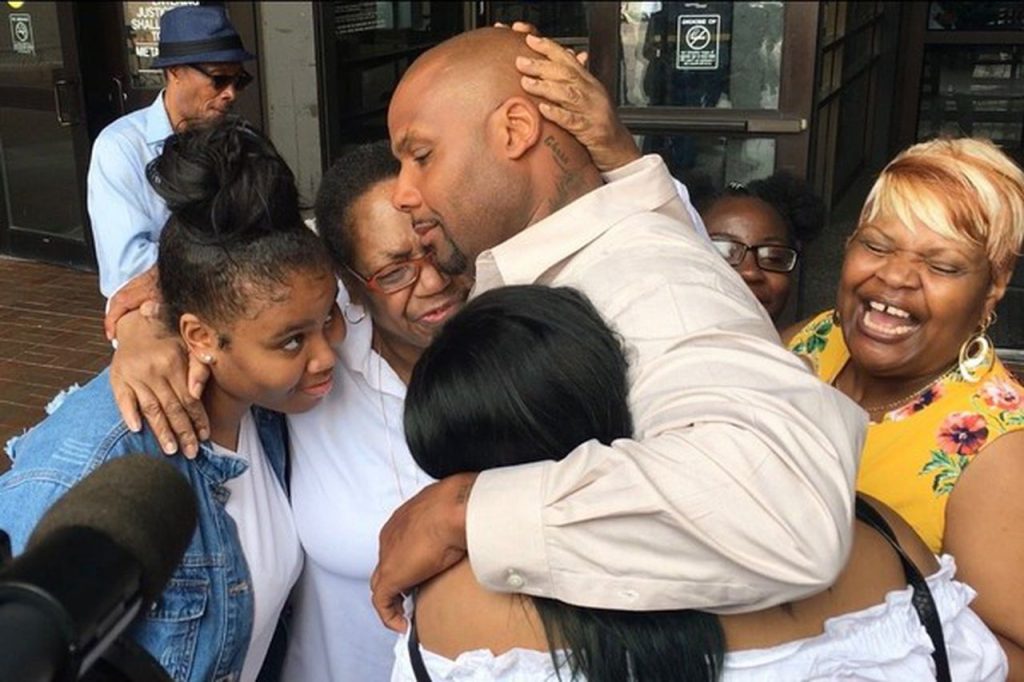
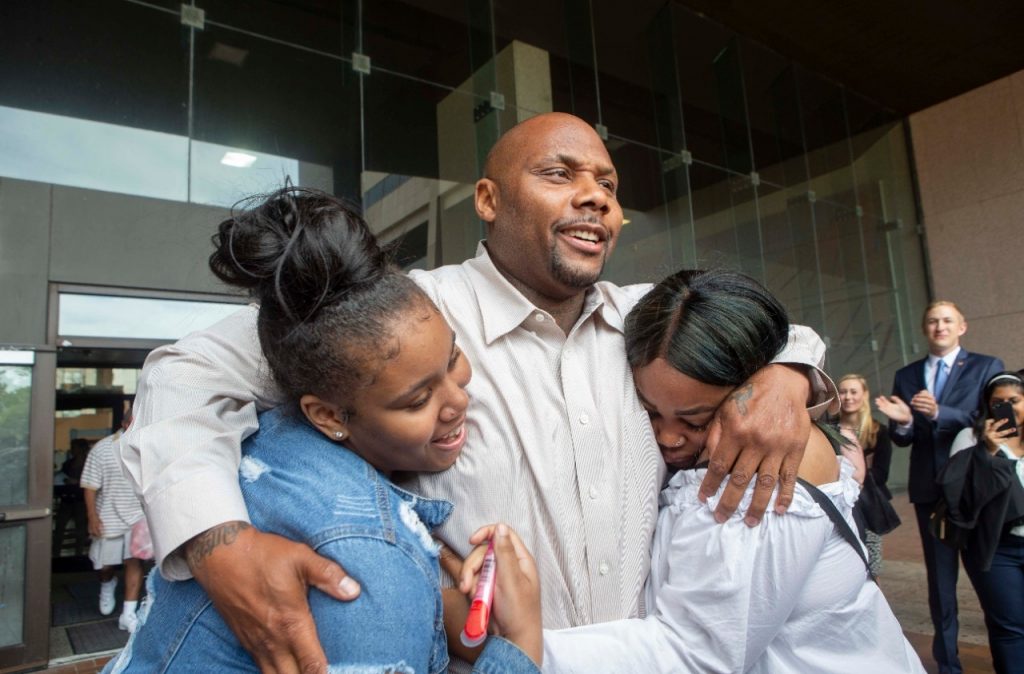
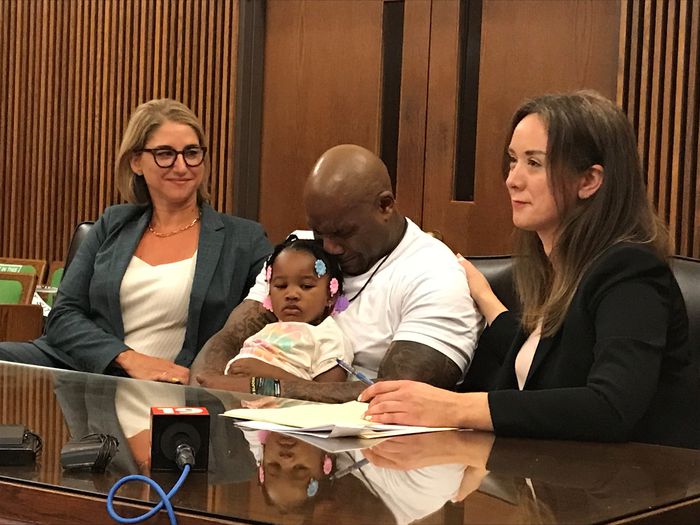
Episode Sources
- Christopher Miller – National Registry of Exonerations
- State of Ohio vs. Christopher Miller
- Carjacker gets maximum sentence
- Ohio Innocence Project Client Exonerated After 17 Years in Prison
- UC helps free 27th defendant, University of Cincinnati
- DNA evidence clears accused rapist
- DNA clears long imprisoned man of Cleveland Heights rape, new trial sought
- ‘God was working:’ Man speaks after courts declare him wrongfully imprisoned for 16 years
- Cuyahoga County judge says man wrongfully imprisoned
- Man cleared by DNA evidence in rape case wins legal round
- Judge declares man wrongfully imprisoned for Cleveland Heights rape after DNA cleared him of 2002 attack
- Free Chris Miller – Facebook
Episode Transcript
Welcome back to Bite-Sized Crime! This week’s case centers around a man who was convicted of a brutal crime but maintained his innocence for nearly two decades before he finally saw justice served. This episode includes discussion of sexual assault, so listener discretion is advised.
Around midnight on Saturday, April 28, 2001, 25-year-old Lisa Bower was returning to her apartment in Cleveland Heights, Ohio. As she reached for her keys, two men approached her. One was armed with a chrome pistol. The men forced Lisa into her apartment and demanded that she take off her clothes. They covered her face with a towel and then sexually assaulted her.
Before the men left the apartment, they took Lisa’s purse and wallet, which contained $25 in cash, her cell phone and charger, her wall phone, date book, and the keys to her car and apartment. They also took her wedding ring and a pair of handcuffs that belonged to her roommate. One of the men then kicked Lisa in the head before telling her not to call the police.
However, she did call the police, and an investigation began. Lisa gave police a description of the two men, saying that the gunman was wearing a green jacket and white t-shirt with a black circle.
Detectives quickly focused on the stolen cell phone. Right around the time of the attack, someone used Lisa’s phone to call the emergency contact number listed in her date book. There was no further activity until about 8 hours later. Around 7:00 on Sunday morning, the phone was used multiple times. There was a redial of the last outgoing call, a call to one of her stored contacts, and two calls to the voicemail service. A little while later, the phone repeatedly dialed the same number. Police tracked that number to the girlfriend of 24-year-old Christopher Miller.
When police interviewed Christopher, he admitted to having the cell phone, but told them that he had purchased it that morning from a guy who needed money to buy drugs. He also said that he suspected the phone had been stolen, so he had tried dialing a few numbers to make sure it worked. Once he discovered that police were searching for the phone, he had thrown it away. He was adamant that he had no involvement in Lisa’s attack.
Christopher’s girlfriend told police that he had been with her on Saturday evening. They both had been home asleep when the crime occurred. However, she also told police that she had seen Christopher using the phone on Saturday morning even though the crime didn’t take place until Saturday night. This confusion led police to believe that Christopher and his girlfriend were being deceptive.
Detectives put together a photographic lineup for Lisa to look at. She identified Christopher as the gunman. With this identification, Christopher’s shaky alibi, and his possession of the cell phone, police were confident that they had the attacker. Christopher was arrested on April 30th and charged with rape, kidnapping, aggravated robbery, aggravated burglary, intimidation, and felonious assault.
While Christopher was in jail awaiting trial, investigators continued combing through evidence. They searched his home, but they could not find anything connecting him to Lisa’s attack. They even tested the cat hair found on his clothes in an attempt to match it to Lisa’s cat, but it couldn’t be linked.
The rape kit taken after the attack was tested and found to include a single male DNA profile. However, it was not a match to Christopher. It was also determined that he was not the source of the hair found at the scene. For some reason, DNA testing was not done on any of the other evidence found at the crime scene.
Christopher was assigned a public defender for his trial. She requested that Christopher be given a polygraph exam, which he passed with no sign of deception. Unfortunately, this didn’t seem to make a difference to prosecutors. The Cuyahoga County Prosecutor’s Office offered Christopher a plea deal. If he pleaded guilty to a lesser charge and named his accomplice, he would receive a shortened sentence of seven years in prison. Christopher ultimately decided to reject the plea deal and his case went to trial.
In January 2002, Christopher’s trial began. Multiple witnesses were called, including Lisa Bower. She testified that Christopher was wearing the same black jean jacket when he was arrested that he had worn the night of the attack. She said that the white shirt with the black circle she had originally mentioned looked similar to the Toronto Raptors basketball jersey he was wearing during his arrest. A detective also testified that the gunman was wearing a black jacket and V-neck jersey during the attack; the same clothing that Christopher was found wearing two days later.
Christopher’s attorney argued that this was a simple case of mistaken identity, that Christopher was merely a victim of circumstance. They called a man named Dewayne Collins to the stand – he testified that he found Lisa’s cell phone in a bush early on Sunday morning. He then sold it to Christopher for drug money. This lined up with Christopher’s statement to police. The defense also argued that the cell phone data from Sunday was consistent with someone testing out a phone to make sure it worked.
Christopher’s girlfriend confirmed his alibi during her testimony, reiterating that they were both asleep at home on Saturday night. She had come home around 11pm and had found Christopher already in bed. Neither of them had left home until Sunday morning.
The DNA evidence was a contentious piece of the puzzle. The defense maintained that because the profile from the rape kit excluded Christopher, he couldn’t be Lisa’s attacker. The prosecution argued that Lisa may just have been mistaken when she said that both attackers had ejaculated and that the DNA must have been from Christopher’s accomplice. They told the jury that Lisa had positively identified Christopher Miller as her attacker, and that she had accurately described the clothes he was wearing. He was guilty, and they must convict him.
The jury deliberated for three days. On January 30, 2002, Christopher Miller was convicted on all charges and sentenced to 40 years in prison.
Christopher’s family was devastated. They immediately began advocating for Christopher to receive a new trial. After all, there was no solid evidence linking him to this crime.
In August of 2004, nearly two years after Christopher’s conviction, investigators got a hit on the DNA from the rape kit. The profile was matched to 32-year-old Richard Stadmire, a man who was already serving time for a similar crime. Stadmire had been convicted of rape and kidnapping in 2002 and was sentenced to 25 years. This crime had been committed less than a month after Lisa’s attack and only five miles away. Stadmire’s accomplice, 26-year-old Charles Boyd, testified against Stadmire in exchange for a reduced sentence.
After Stadmire’s DNA was matched to Lisa’s crime scene, detectives visited him and Boyd in prison. Boyd admitted that he was there, but he claimed that he was merely a lookout while Stadmire and Christopher had attacked Lisa. He said that Christopher had left right after the attack, while he and Stadmire had split the stolen cash and went to a club.
Stadmire and Boyd were both charged with rape and robbery in Lisa’s case. Once again, Boyd pleaded guilty in exchange for testifying against Stadmire, who went to trial in June 2006. Boyd stuck with his story that Christopher and Stadmire had been the attackers while he stayed outside the apartment as a lookout.
A detective testified that Lisa had originally told him that there were three people involved in her attack, even though he hadn’t written it in any of his reports. When Lisa testified, she said again that she only saw two men in her apartment. When asked if she could identify Stadmire or Boyd, she could not.
The defense called Christopher to the stand. He said that he had never met Stadmire, and that he only knew Boyd because they were in the same prison together. He maintained that he was not involved in the attack.
In June of 2006, Stadmire was convicted and sentenced to 43 years in prison. Boyd was sentenced to five years in prison for aggravated robbery.
Now that detectives had a positive DNA match and two other men were in prison, Christopher felt hopeful that he could get a new trial. In 2007, he filed an appeal on the grounds that his DNA was not found in Lisa’s rape kit, but he was denied.
Over the years, Christopher lost multiple appeals. His family continued to fight for him, raising awareness of his case through websites and blogs.
Finally, in 2015, a team from the Ohio Innocence Project took up Christopher’s case. They pored over the police reports and case evidence, looking for information that could help Christopher get an appeal.
First on the list was a police report detailing Lisa’s description of the gunman. In her initial report to detectives, Lisa had described a green jacket and a white t-shirt with a black circle. But in her court testimony, she had described the exact outfit that Christopher was wearing when he was arrested – a black jacket and basketball jersey. This report had not been disclosed to Christopher’s attorney at trial. This could be considered a Brady violation, since the prosecutors failed to turn over evidence that could have benefited the defendant.
The Ohio Innocence Project also dug deep into the DNA evidence. In 2017, they requested that the rape kit be re-tested, since technology had advanced quite a bit in the 16 years since the attack. This new testing revealed a second DNA profile. Not only did the rape kit include Richard Stadmire’s DNA, but Charles Boyd’s as well.
They also requested DNA testing of the dozens of other items found at the crime scene, such as the tape that was used to bind Lisa and sections of her jacket that had tested positive for seminal fluid. When the results came back, there was a match to both Stadmire and Boyd. Christopher’s DNA was not found on any of the items.
In June of 2018, the Ohio Innocence Project and the Cuyahoga County Prosecutor’s Office Conviction Integrity Unit filed motions to vacate Christopher’s conviction.
Christopher sat in the courtroom in his prison jumpsuit while the county prosecutor asked the judge to exonerate him. The DNA evidence had proved that Christopher was not guilty of the heinous crimes he had been convicted of sixteen years ago. The state’s theory that Christopher had attacked Lisa was simply not true.
On June 21, 2018, Judge Hollie Gallagher ordered that Christopher’s conviction be vacated and that all charges be dismissed. Christopher was to be released immediately.
Inside the courtroom, Christopher’s family high-fived each other; outside the courtroom, they hugged Christopher through their tears. Christopher’s children, who had been so young when their father was arrested, were overjoyed. Visits had been rare while Christopher was in prison; he had stayed in touch with phone calls and video messages, but he had missed so much of their lives. Now they could finally be a family.
Over the next few years, Christopher settled into his new life. But even though he was free, he constantly felt like he had to look over his shoulder in case he was arrested again. He told reporters, “I started having anxiety attacks here and there because it’s hard, you know? I’m always worried about that. That’s always on your shoulders thinking about it. Will they come get me?”
In June of 2020, Christopher filed a federal civil rights lawsuit against the city of Cleveland Heights and the Cleveland Heights Police Department. The lawsuit accused the city of mishandling the investigation and withholding and manipulating evidence.
On August 16, 2021, Christopher was back in court again. He held his 2-year-old granddaughter on his lap and tears streamed down his face as he listened to the judge officially declare him a “wrongfully imprisoned individual”. She told him that he was entitled to compensation from the state should he wish to pursue it.
Christopher Miller spent 16 years in prison for a crime he did not commit. But amazingly, he’s not bitter about it. When he left the courtroom for the last time, he said, “Even though I was in prison, it made me a better person. I couldn’t do anything. I can’t keep crying about it or hold a grudge. I won’t ever prosper in life if I keep going that way. I’ve got to do it the right way.”
Christopher now works at a steel factory in Ohio and is making up for lost time with his children and grandchildren. Thanks to the work of the Ohio Innocence Project and the dedication of his family, Christopher gets a second chance at life.
